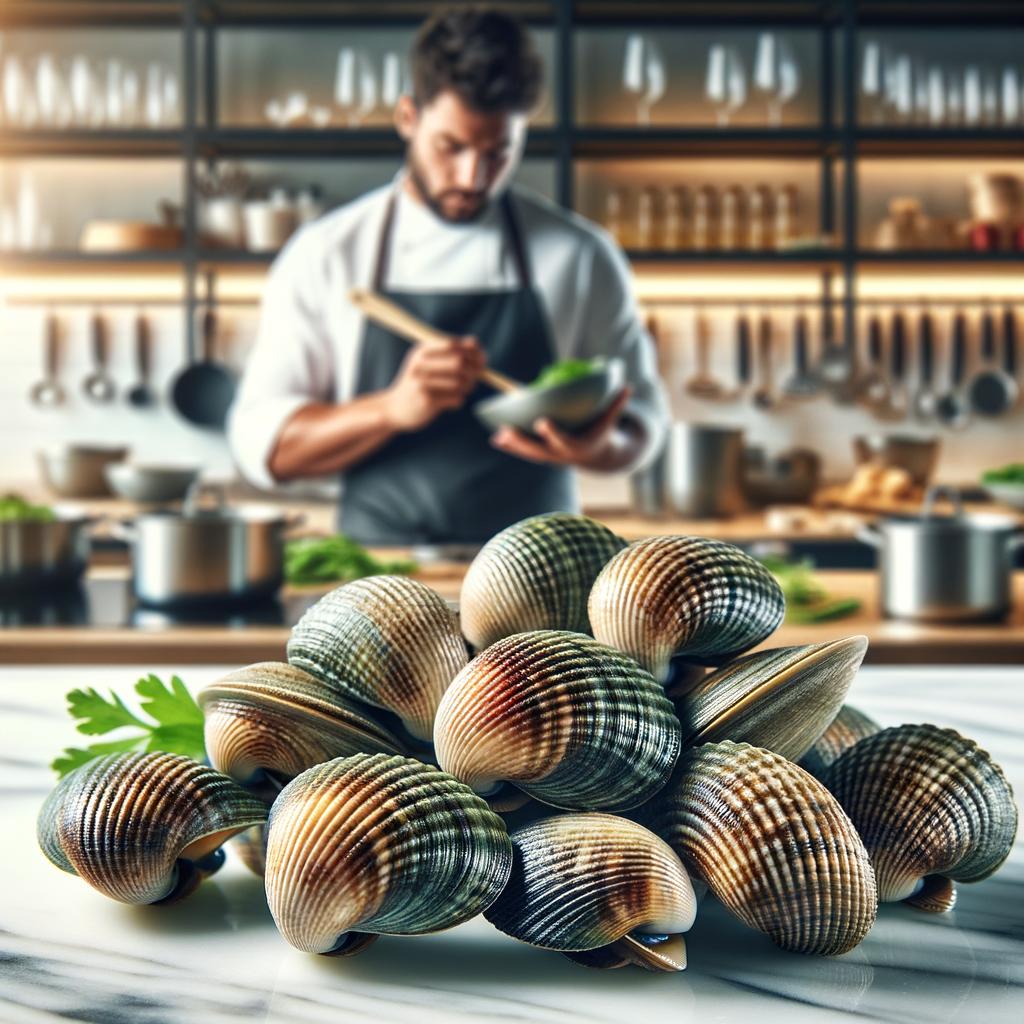Fresh Clams

Description Meet the humble clam, a bivalve mollusk that hails from the depths of the ocean. Clams have a shell of two hinged valves which are round, oval, or somewhat elongated in appearance. Inside, you'll find a soft-bodied creature, its texture a delightful blend of firm yet tender, a testament to its life in the ever-moving ocean. The flavor profile of clams is unique, a symphony of delicate sweetness with a distinct salty brine, reminiscent of the sea. What sets clams apart from other shellfish is their ability to bury themselves in the sand, a characteristic that not only protects them from predators but also filters and purifies the water around them.
Primary Uses Clams are a versatile ingredient, finding their place in a plethora of cuisines around the world. In Italian cooking, they are the star of 'Spaghetti alle Vongole', a simple yet flavorful pasta dish. In New England, they are the key component of the hearty and comforting clam chowder. In Japan, they are often used in miso soup or served as sashimi. Beyond culinary uses, clams have cultural significance too. For instance, in some Native American tribes, clamshells were used as a form of currency.
History The history of clams is as deep and mysterious as the ocean they come from. Evidence of clam consumption dates back to prehistoric times, with clamshells found in ancient coastal settlement sites. They have been a staple in coastal communities for centuries, not just for their delicious taste, but also for their role in local economies. Over time, clams have evolved from a basic sustenance food to a gourmet ingredient, celebrated in fine dining establishments worldwide. There's also an interesting folklore associated with clams. In many cultures, they are considered a symbol of good luck and prosperity, adding a touch of magic to their already intriguing persona.
Nutritional Information Clams are a nutritional powerhouse. They are rich in protein, low in fat, and packed with essential vitamins and minerals like Vitamin B12, iron, and selenium. They are also a good source of Omega-3 fatty acids, beneficial for heart health. Compared to other shellfish like oysters and mussels, clams have a higher protein content and lower cholesterol level, making them a healthier choice for many. However, as with all seafood, it's important to consume clams in moderation due to their high sodium content. The story of clams is truly a tale of nutrition, versatility, and a deep connection with the sea and human history.

